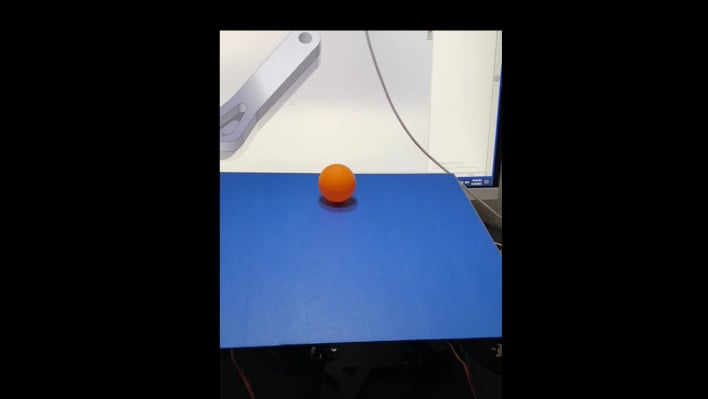Raspberry Pi Is So Nimble It Can Master The Ball On A Plate Trick But Don't Call It AI

Alongside the recent LaMDA news, we've seen a few fun and interesting micro-device projects appear, that loosely use some form of AI or AI-like technology. Like this cool project that the Redditor, parisiancyclist, calls a "classic ball on a plate", for example. After seeing this little device in action, it seems to be just what our impending robot overlords need to toss us around or better maintain their balance when the inevitable fighting starts.
Raspberry Pi running Ball on a Plate
The project takes advantage of a Raspberry Pi, three servos, a camera, and a platform. When asked why three servos were used, the creator says that "three makes it a stable base," but six would be ideal, creating what is known as a Steward Platform.
While AI was referenced at the start of this article, this project is not a representation of true artificial intelligence. It is purely a logical implementation using machine vision that attempts to solve a physical problem. The project uses an Open Source Computer Vision Library known as OpenCV. The idea is that the Raspberry Pi detects the primary item of focus, in this case a ball, and it modifies the servo actuations to maintain the position of the ball on the platform.

Using a stick to push the ball

